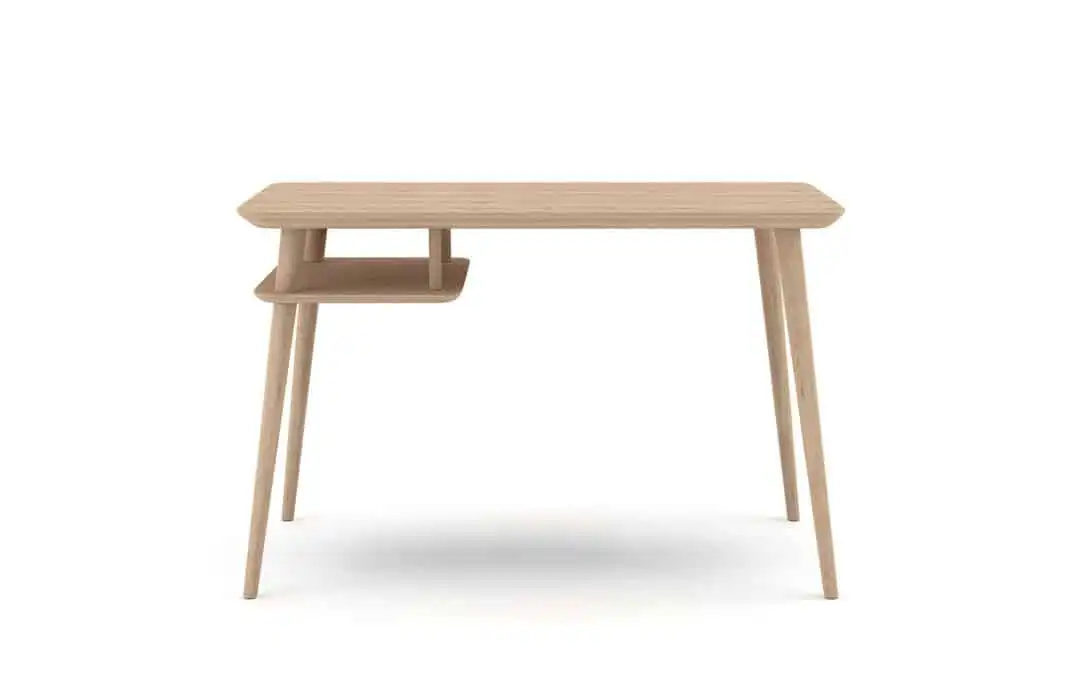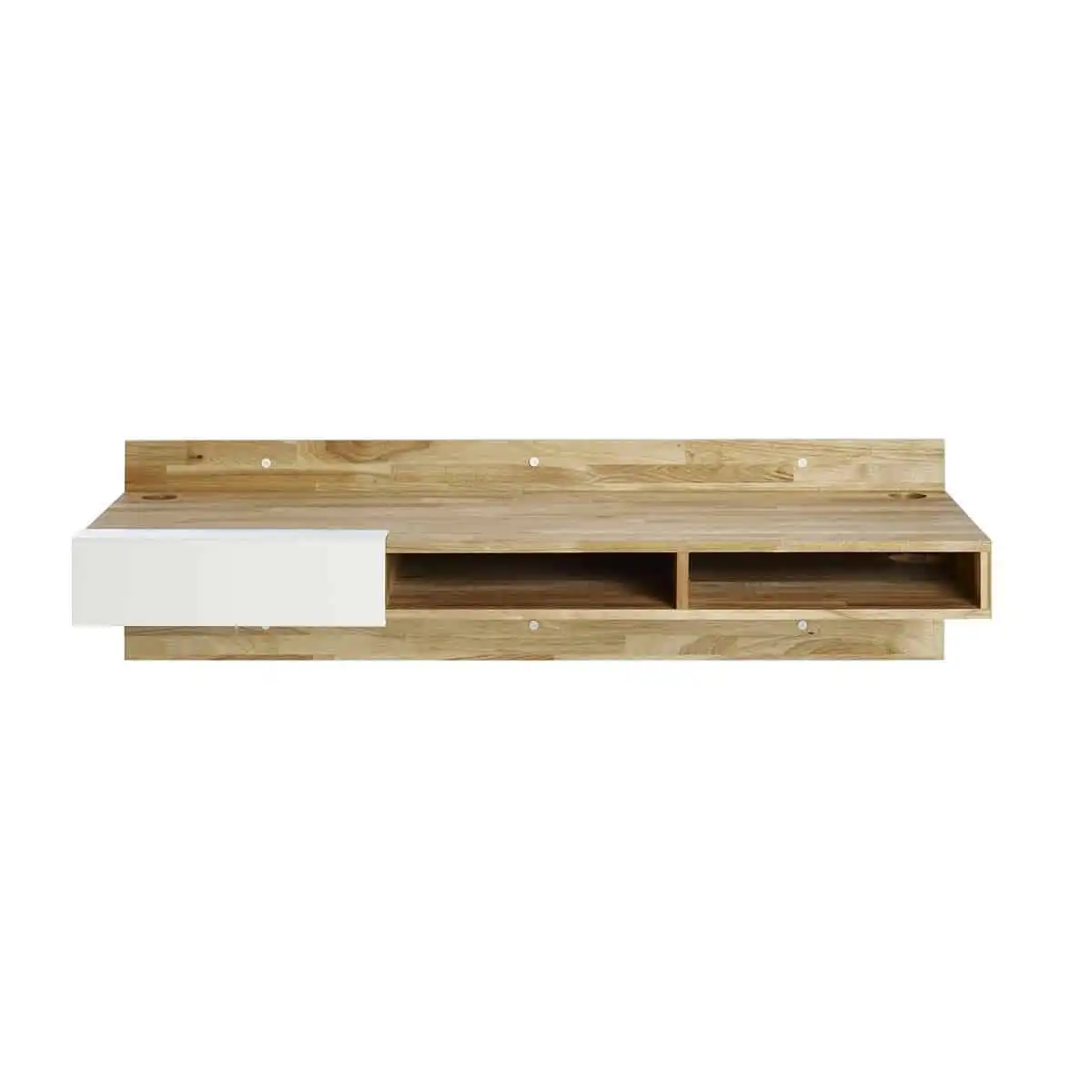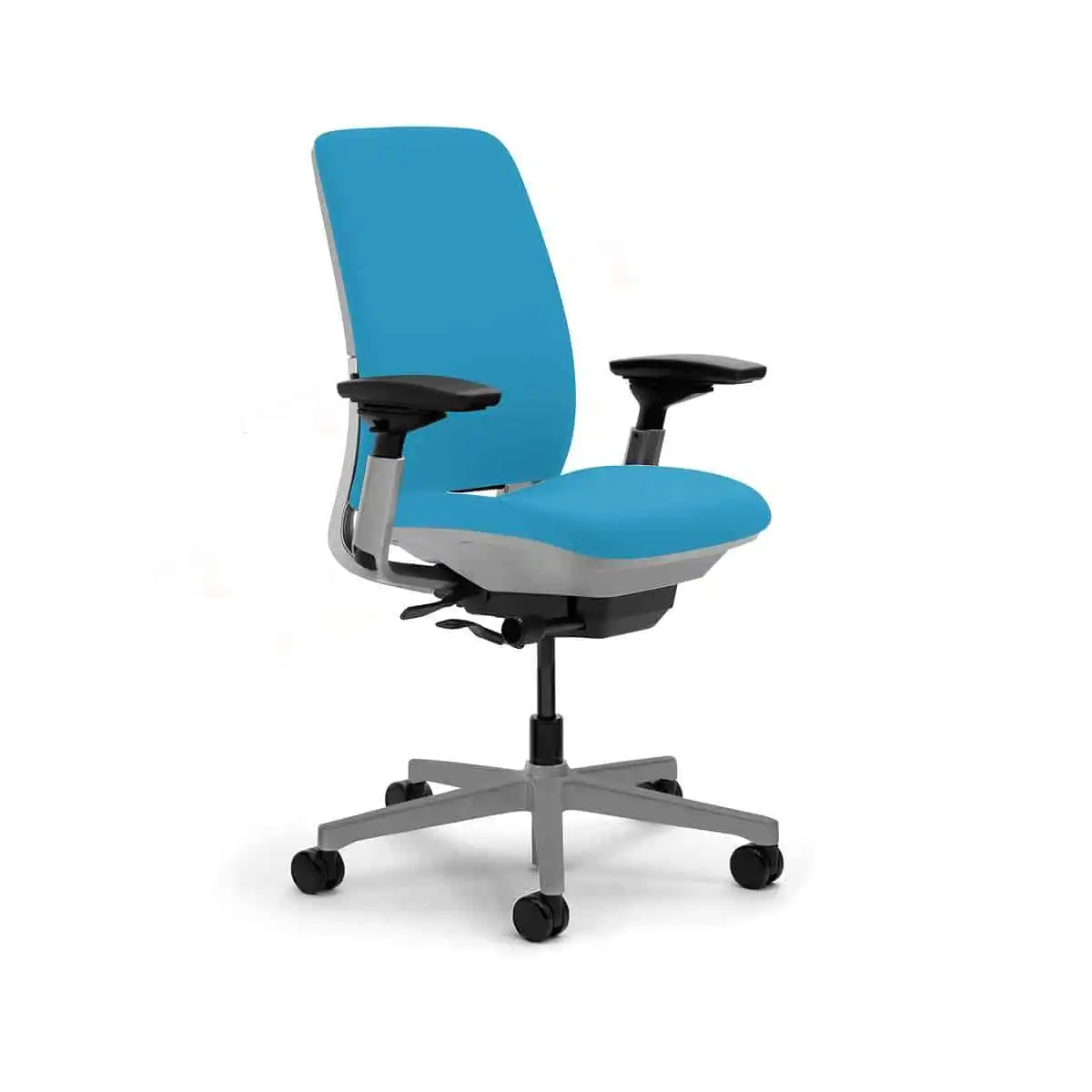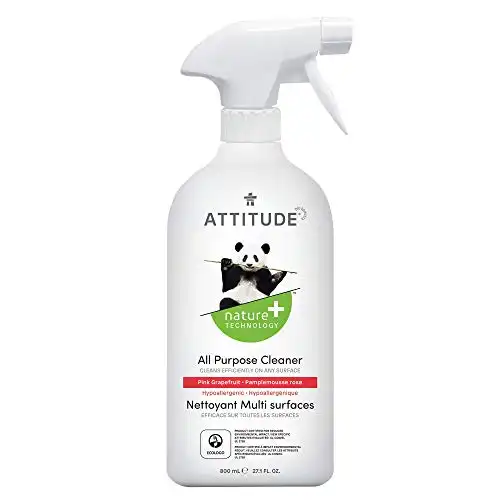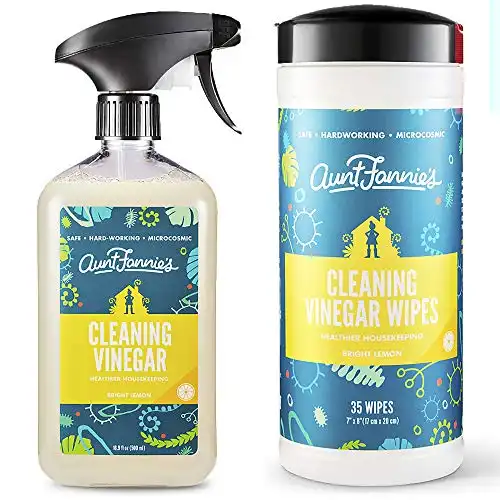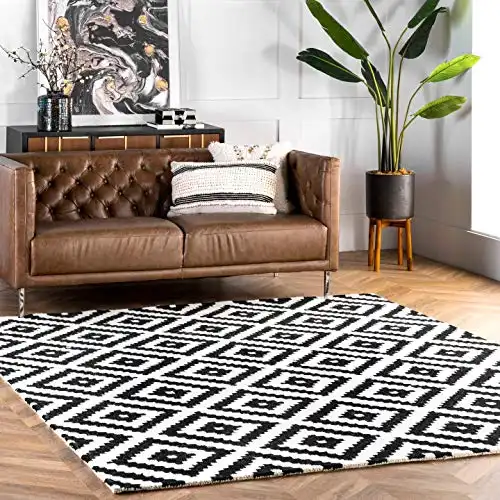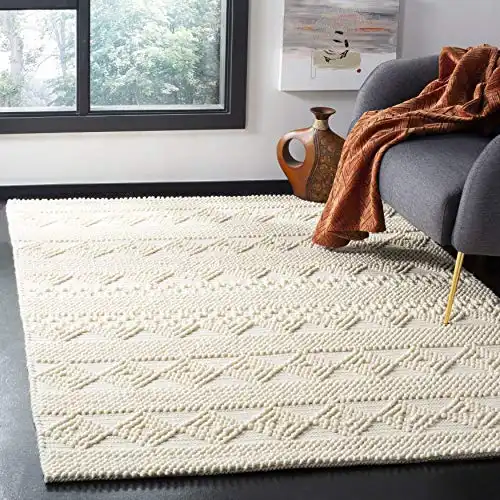- You are here:
- Home »
- Non Toxic Home Poducts »
- How to Create A Toxin-Free Home Office?
Disclaimer: As an Amazon Associate I earn from qualifying purchases.
Do’s and Don’ts For Creating A Toxin-Free Home Office
Are you one of the millions of people working remotely? If so, it’s important that your home office environment is as healthy and toxin-free as possible. Unfortunately, many common products and materials used in the home contain potentially dangerous toxins.
To ensure that your home office is a safe and healthy place to work, follow these do’s and don’ts for creating a toxin-free environment. From using natural cleaning supplies to avoiding certain hazardous materials, these tips will help keep you safe while working from home:
Use low-VOC or non-VOC paints
VOCs are volatile organic compounds that can cause health problems when present in the air at high levels. Fortunately, there are a variety of paints (check ECOS paints), sealants and other products available that can help you create a toxin-free home office environment.
Ventilate your home office space
Fresh air can help reduce the buildup of toxins and other pollutants in your environment and the flow of oxygen will help you stay alert and productive. Whenever possible, open the windows to let fresh air in or use a fan to circulate the air.
Choose furniture made from natural materials
Natural materials, such as wood or bamboo, contain fewer toxins than synthetic ones and can help reduce the buildup of pollutants in your home office.
You can find Greenguard GOLD certified non-toxic desks and chairs that are free of formaldehyde, phthalates, and other chemicals. Choosing solid wood or metal furniture is best, as particle board and MDF can contain formaldehyde.
|
$1.995
|
$1150
|
$999.00
|
Look for eco-friendly cleaning products
Brands such as Puracy or Method offer cleaning products that are free from chlorine, ammonia and other toxic chemicals. You can find non-toxic screen cleaners and dusting sprays that are sure to keep your home office environment safe from pollutants.
|
$7.99 ($0.29 / Fl Oz)
|
|
|
Check the labels
Read office supplies and furniture labels to ensure they don’t contain potentially hazardous chemicals. The labels will tell you if the product contains phthalates, formaldehyde, lead or other toxins. If possible, look for products that are certified by Greenguard GOLD or Made Safe as free from these pollutants.
Use an air purifier
The best choice are air purifiers with HEPA filters that effectively remove pollen, VOCs, dust and other allergens from the air. Place it near your desk and keep it on while you’re working to maintain healthy air quality.
Use air-purifying plants
Plants such as spider plants and peace lilies are known to remove toxins from the air effectively. Place them near the desk, on your windowsill or a floating shelf to keep the air around you as clean as possible.
Use toxin-free rugs
Chemical-laden rugs, carpets and fabric treatments can release VOCs into your home office environment. You can buy 100% natural cotton, sisal or wool rugs as well as Green Label Plus certified carpets that have been tested for VOCs and other toxins.
|
|
|
$57.99 ($3.87 / Sq Ft)
|
Don’t skip regular dusting
Vacuuming and dusting can help reduce the levels of toxins in the air. Regular vacuuming can also help reduce the amount of toxic dust and particles in the air and on the surfaces.
Don’t smoke inside your home office
This will increase toxin levels in the air. The smoke impregnates fabrics and furniture, which causes them to off-gas toxins over time.
Don’t use harsh chemical cleaners or aerosol sprays
They can contaminate the air with toxic fumes. Choose natural cleaning solutions such as baking soda and vinegar or buy toxin-free cleaning products.
Don’t use air fresheners
Many of them contain toxic chemicals. They can cause eye, nose, and throat irritation, headaches, and other health issues that can affect your productivity and concentration.
Don’t allow mold and mildew to grow in the home office
They can increase toxins in the air. To check for mold, use a damp cloth to wipe down any dark spots on walls or furniture and look for musty odors. If you find any, take steps to remove it immediately.
Don’t burn candles or incense
They can produce toxins that build up in the air, causing respiratory issues and other health problems.
Why Is It Important to Have a Non-Toxic Home Office?
We all know that a healthy home office environment is essential for productivity and success. But why is it important to have a non-toxic home office specifically? Here are some research reasons why having a non-toxic environment in your home office is beneficial:
- Improved Air Quality: Studies have shown that the air quality in an office can significantly affect workers’ health. Poor air quality can cause symptoms such as headaches, nausea, dizziness, and fatigue. You can keep your air clean and maximize your efficiency levels by ensuring that your home office is free from pollutants like smoke, dust, and chemicals.
- Reduced Stress Levels: Working in an unhealthy atmosphere can be mentally and physically draining. Headaches and skin, eye, and throat irritation can all contribute to stress levels. By creating a non-toxic office environment, you can reduce these symptoms and create a more relaxed environment for work.
- Increased Productivity: It has been proven that people who work in healthy environments tend to be more productive than those who don’t. This means that having a non-toxic office could provide greater productivity gains over the long term due to reduced fatigue and increased concentration levels.
- Better Overall Health: One of the greatest benefits of having a non-toxic home office is improved overall physical and mental health. People who work in toxin-free environments tend to suffer fewer illnesses due to lower exposure to pollutants and lower stress levels, which helps them stay healthier for longer periods of time.
Overall, creating a safe and non-toxic workplace should be seen as an investment rather than an expense because it will pay off over time through improved productivity, better health outcomes, and greater employee job satisfaction.
Read More: Best Non-Toxic Curtains
What are the toxic pollutants to avoid in a home office?
The most common pollutants to avoid in home offices include:
Formaldehyde
This is a colorless, odorless gas that can be found in certain building materials, furniture, and cleaning products. Formaldehyde has been linked to respiratory illnesses as well as cancer.
VOCs (Volatile Organic Compounds)
These are chemicals that are emitted from products such as paint, aerosol sprays, and glues. They can cause eye, nose, and throat irritation, headaches, dizziness, fatigue, and other health issues.
Phenols
These are chemicals that occur naturally in many products, such as detergents, pesticides, and disinfectants. They can cause skin, eye and respiratory irritation, headaches, and fatigue.
Lead
This heavy metal can be found in pipes, paints, solder, and some types of furniture. Exposure to lead has been linked to neurological and developmental issues.
Phthalates
These are chemicals that are used to make plastics softer and more flexible. Exposure to these compounds has been linked to reproductive issues as well as cancer.
Smoke
Cigarette smoke contains numerous toxins, including carbon monoxide, which can contribute to air contamination. It is important to discourage smoking in the home office to ensure that the environment is free from these pollutants.
Mold and Mildew
These fungi grow in damp and humid environments and can cause health issues such as coughing, sneezing, sore throat, skin irritation, and eye irritation.
Read More: Best Natural Fabric Fresheners
What Certificates to Look for When Buying Non-Toxic Office Furniture?
When shopping for non-toxic office furniture, it’s important to look for certifications from organizations such as Greenguard GOLD, Sustainable Furnishings Council, or the Forest Stewardship Council. Greenguard certification ensures that products meet stringent standards for low chemical emissions, making them safe for indoor air quality.
SFC certification ensures that materials used are sourced from renewable or recyclable sources. The Forest Stewardship Council ensures that wood products come from responsibly managed forests.
In addition to these certificates, always look for furniture made with CertiPUR-US certified foam free from hazardous substances such as formaldehyde, flame retardants, PBDEs, and heavy metals. You can also opt for natural sofa and armchair fillings such as wool and natural latex.
The fabrics used in upholstery and curtains should also be checked for certifications such as Oeko-Tex, which ensures low chemical emissions, or GOTS (Global Organic Textile Standard), which ensures that textiles are made from organic materials and produced responsibly.

Conclusion
Creating a safe and non-toxic home office environment should be seen as an investment rather than an expense. Taking the time to find products with proper certifications can ensure that your home office is free from dangerous pollutants and toxins, protecting both your health and productivity in the long run.
Read More: Best Non-Toxic Furniture Brands
About the Author Kamila Flieger
My name is Kamila, and I'm passionate about researching non-toxic, organic products for the home. I believe it's so important to create a safe and healthy environment for our families, and I enjoy helping others do the same.

